Climate Change
Climate change refers to significant and long-term changes in the Earth's climate, including changes in temperature, precipitation, and weather patterns. This phenomenon is primarily driven by human activities, such as the burning of fossil fuels, deforestation, and industrial processes, which release greenhouse gases into the atmosphere, leading to the enhanced greenhouse effect. As a result, the Earth's climate is warming at an unprecedented rate, causing numerous environmental and societal impacts.
Causes of Climate Change
- Burning of Fossil Fuels: The combustion of fossil fuels, such as coal, oil, and natural gas, releases carbon dioxide and other greenhouse gases into the atmosphere.
- Deforestation: The removal of trees and forests reduces the Earth's capacity to absorb carbon dioxide, leading to higher concentrations of greenhouse gases in the atmosphere.
- Industrial Processes: Certain industrial activities, such as cement production and chemical manufacturing, release greenhouse gases, contributing to climate change.
Effects of Climate Change
- Rising Temperatures: Global temperatures are on the rise, leading to heatwaves, melting glaciers, and rising sea levels.
- Extreme Weather Events: Climate change intensifies extreme weather events, including hurricanes, droughts, and heavy rainfall, leading to widespread damage and loss of life.
- Impact on Ecosystems: Changes in climate disrupt ecosystems, affecting species' habitats, migration patterns, and food sources.
- Human Health Impacts: Climate change contributes to the spread of diseases, heat-related illnesses, and poor air quality, posing risks to human health.
Mitigation and Adaptation
To address climate change, efforts are focused on both mitigation and adaptation strategies:
- Mitigation: Mitigation involves reducing greenhouse gas emissions through measures such as transitioning to renewable energy sources, improving energy efficiency, and implementing policies to limit carbon emissions.
- Adaptation: Adaptation strategies aim to minimize the impacts of climate change by implementing measures such as building resilient infrastructure, developing drought-resistant crops, and implementing early warning systems for extreme weather events.
Study Guide
To further understand climate change, consider the following study guide:
- Research the greenhouse effect and its role in climate change.
- Investigate the impact of climate change on specific ecosystems, such as coral reefs or polar regions.
- Examine the connection between climate change and extreme weather events, such as hurricanes or heatwaves.
- Explore the efforts and policies aimed at mitigating climate change on a global scale.
- Analyze the potential socioeconomic impacts of climate change on communities and vulnerable populations.
By studying these aspects of climate change, you can gain a comprehensive understanding of the causes, impacts, and potential solutions to this critical environmental issue.
[Climate Change] Related Worksheets and Study Guides:
.◂Science Worksheets and Study Guides Seventh Grade. Protists and Fungi

 Worksheet/Answer key
Worksheet/Answer key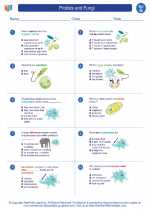
 Worksheet/Answer key
Worksheet/Answer key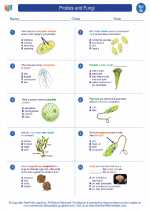
 Worksheet/Answer key
Worksheet/Answer key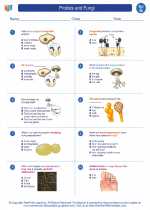
 Worksheet/Answer key
Worksheet/Answer key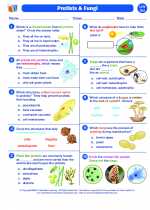
 Vocabulary/Answer key
Vocabulary/Answer key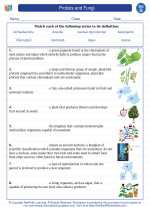
 Vocabulary/Answer key
Vocabulary/Answer key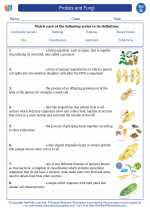
 Vocabulary/Answer key
Vocabulary/Answer key
 Vocabulary/Answer key
Vocabulary/Answer key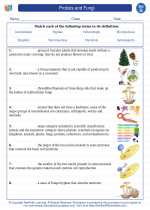
 Vocabulary/Answer key
Vocabulary/Answer key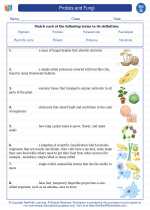
 Vocabulary/Answer key
Vocabulary/Answer key
